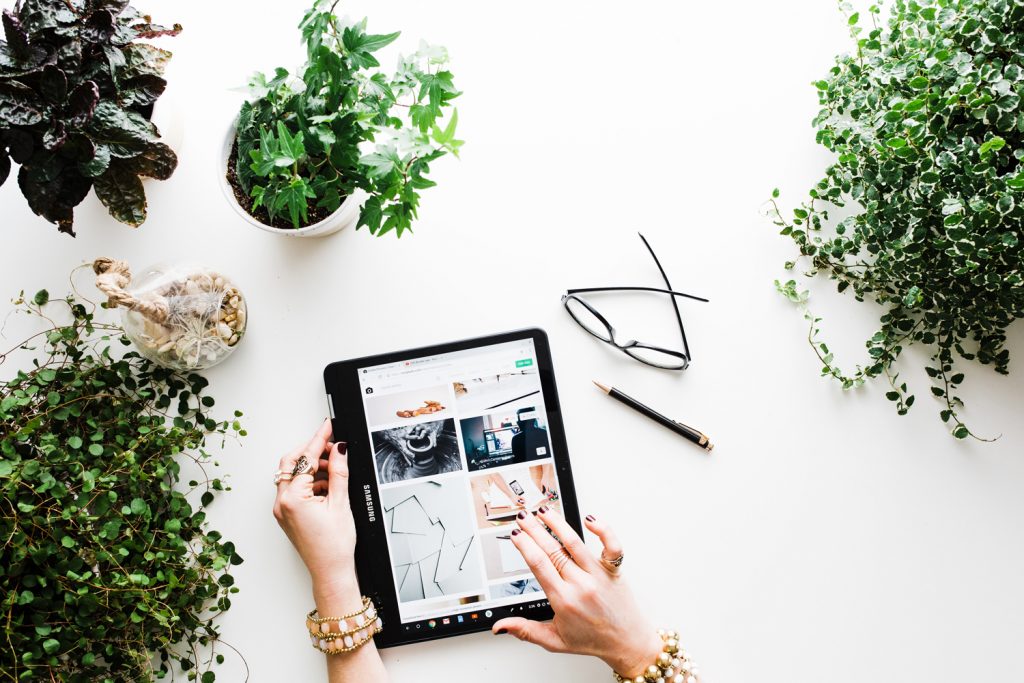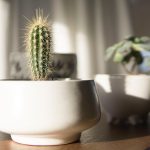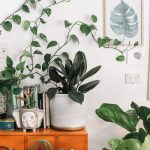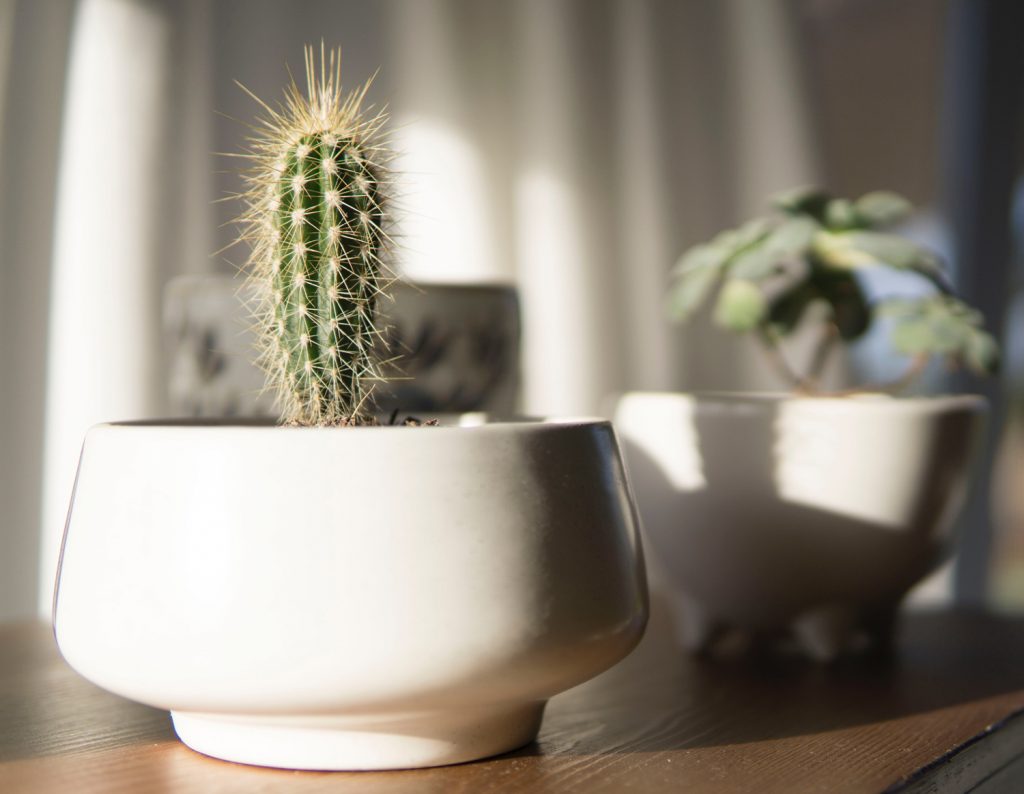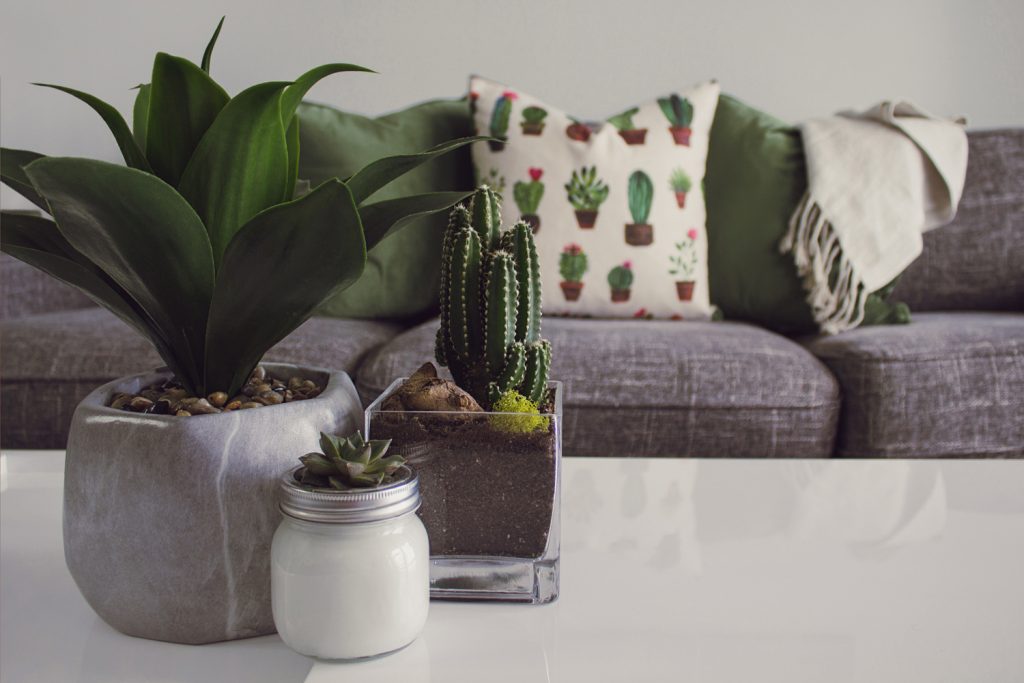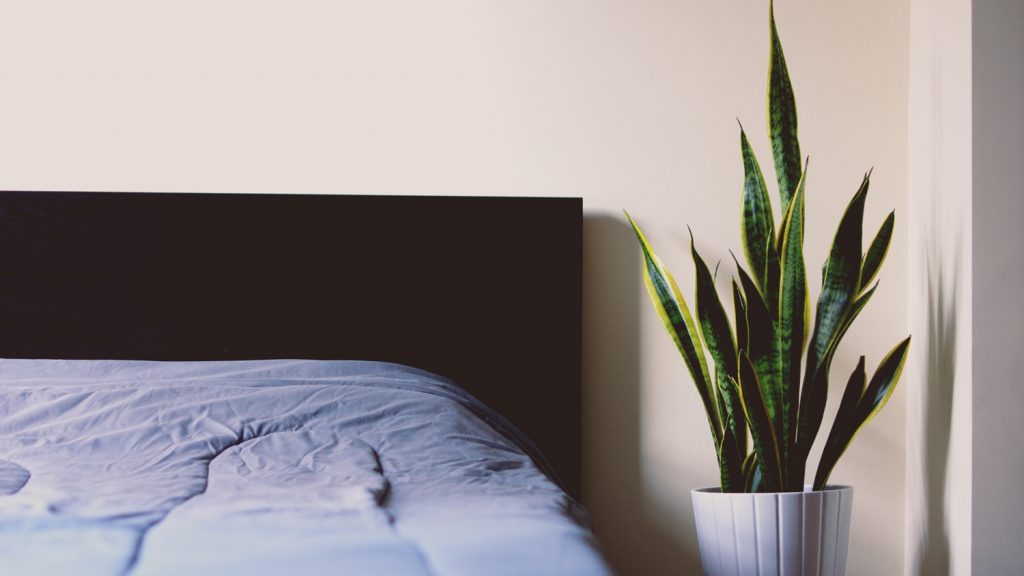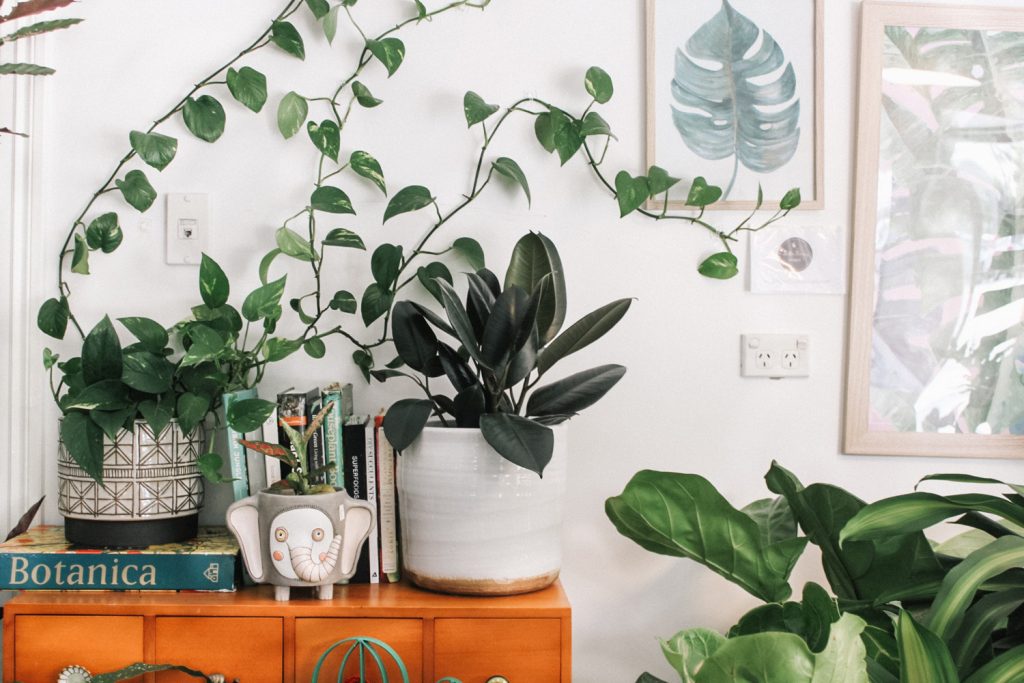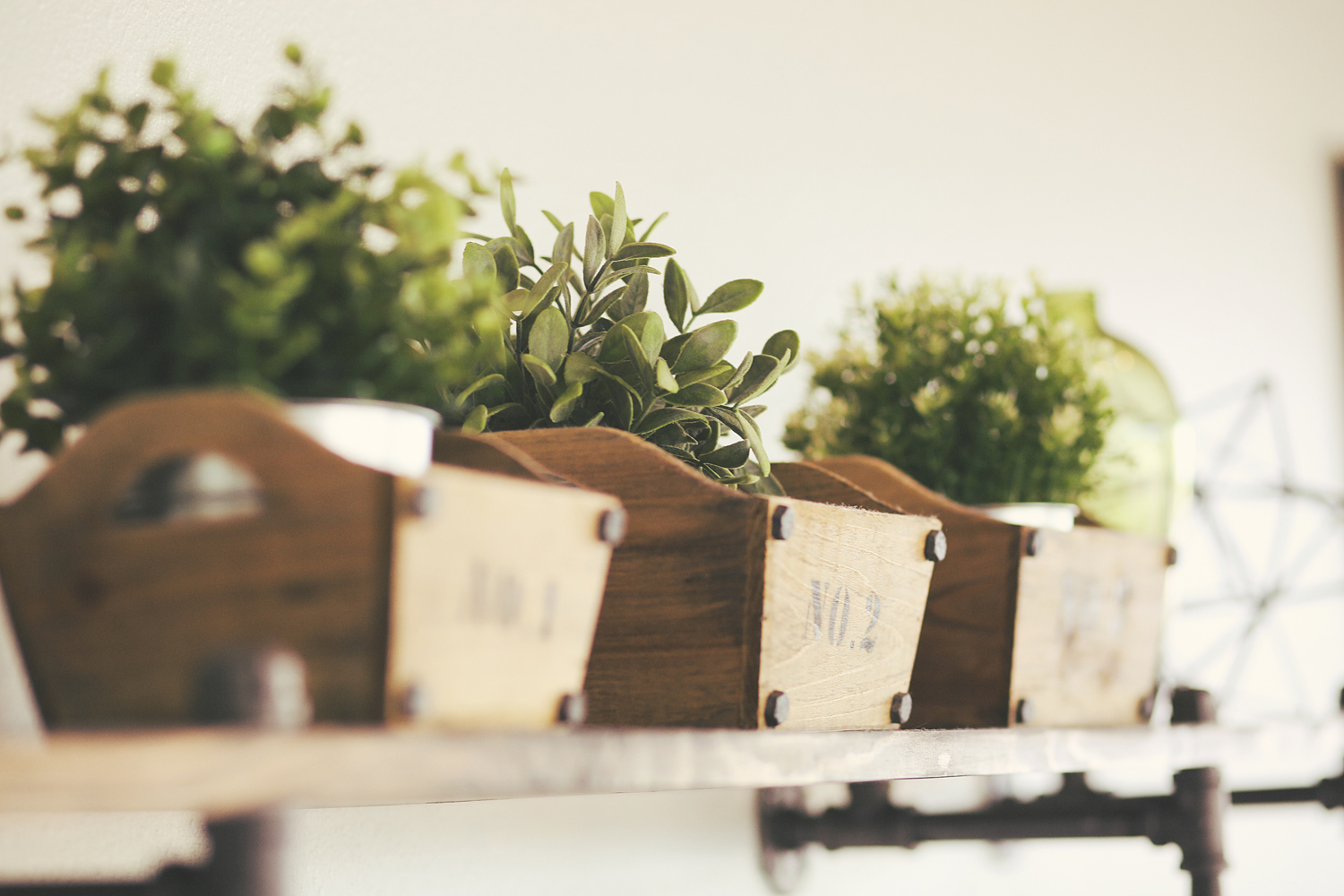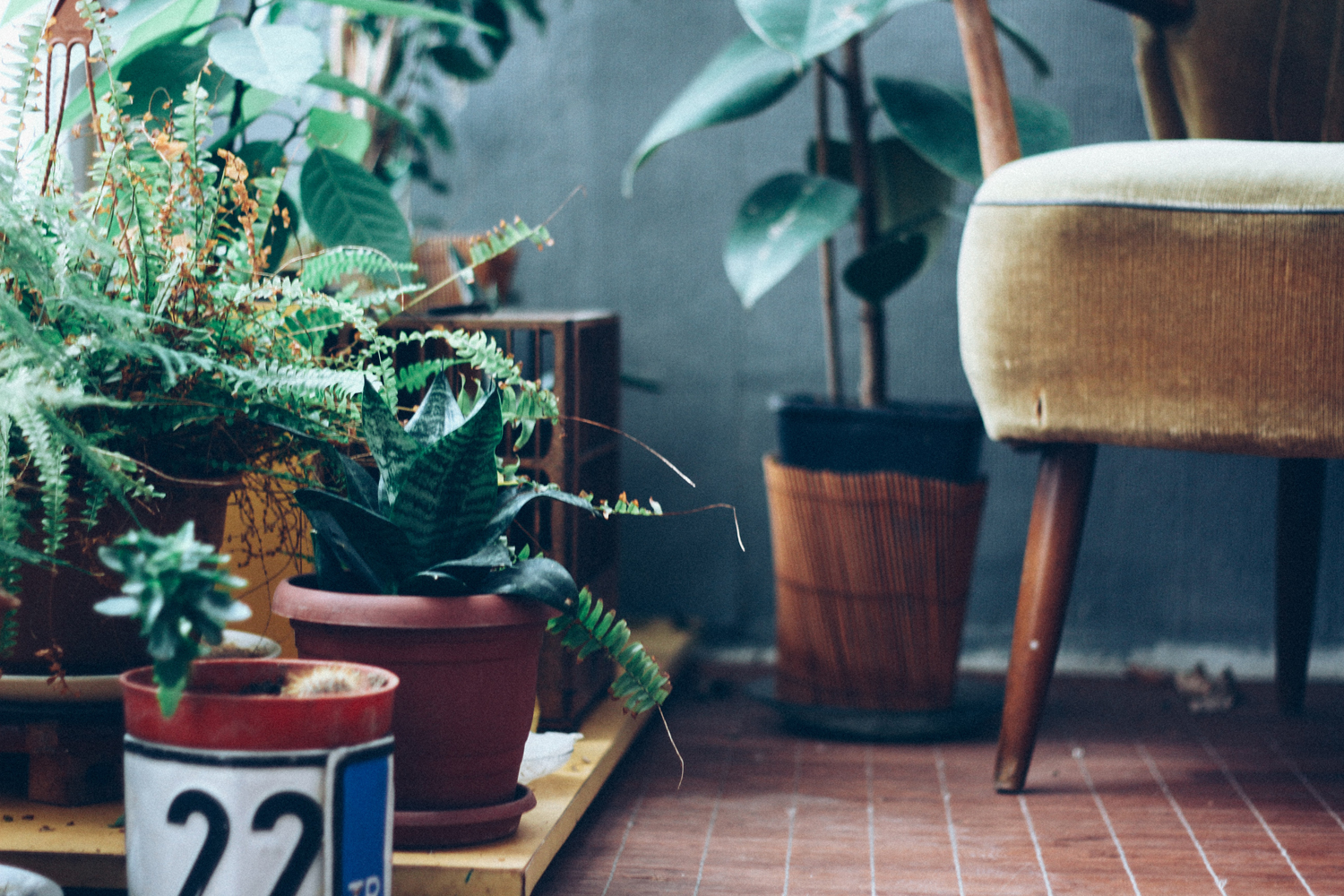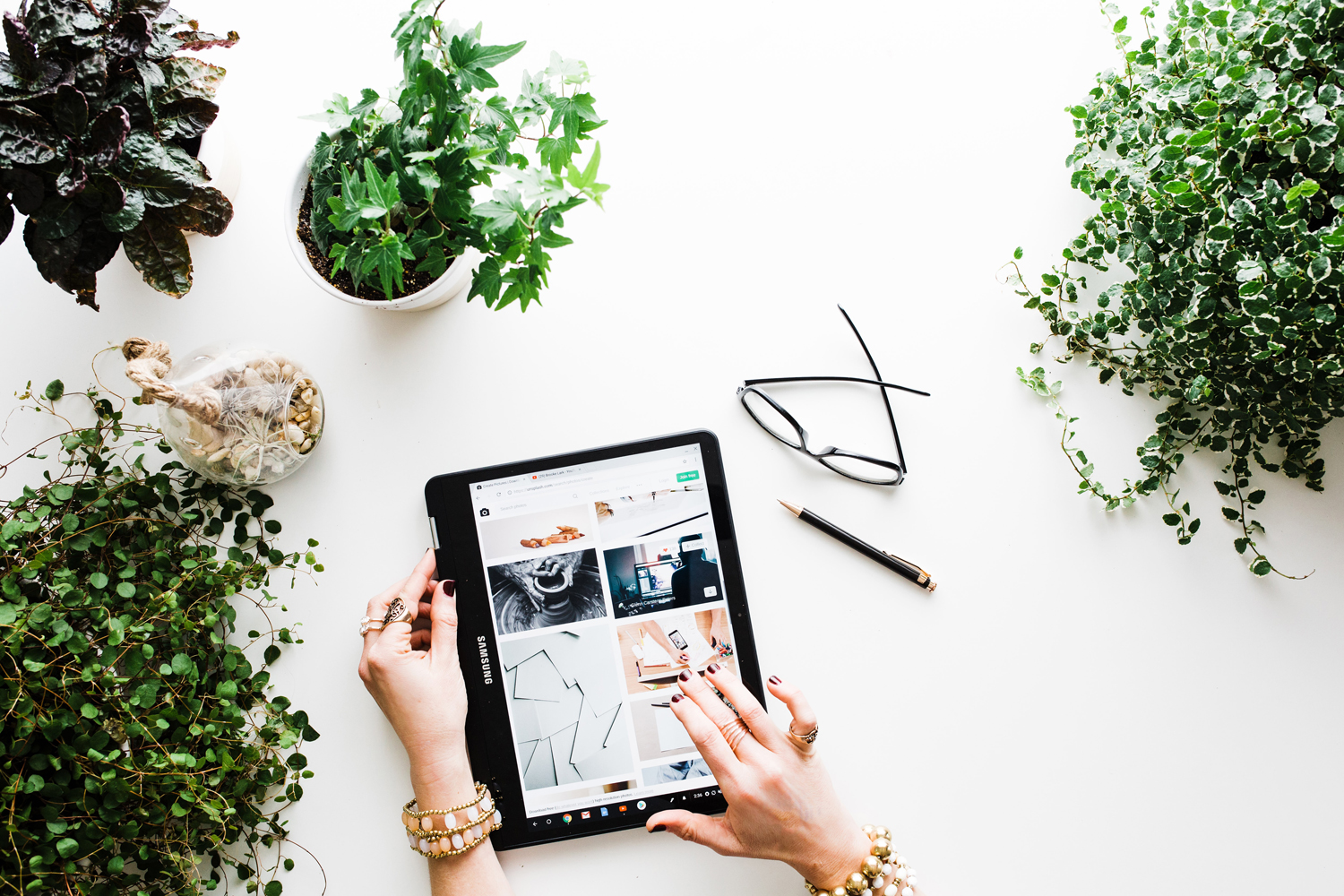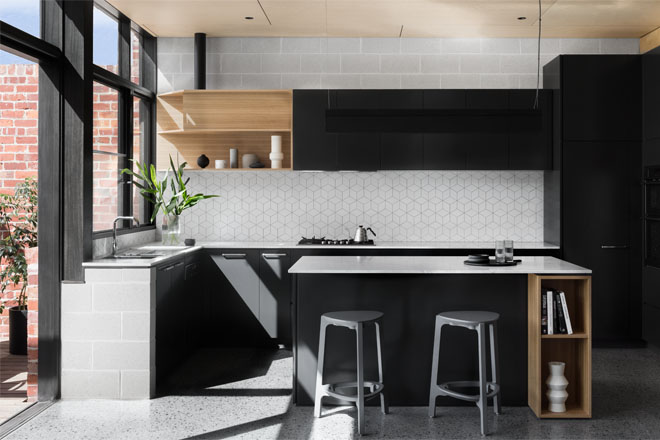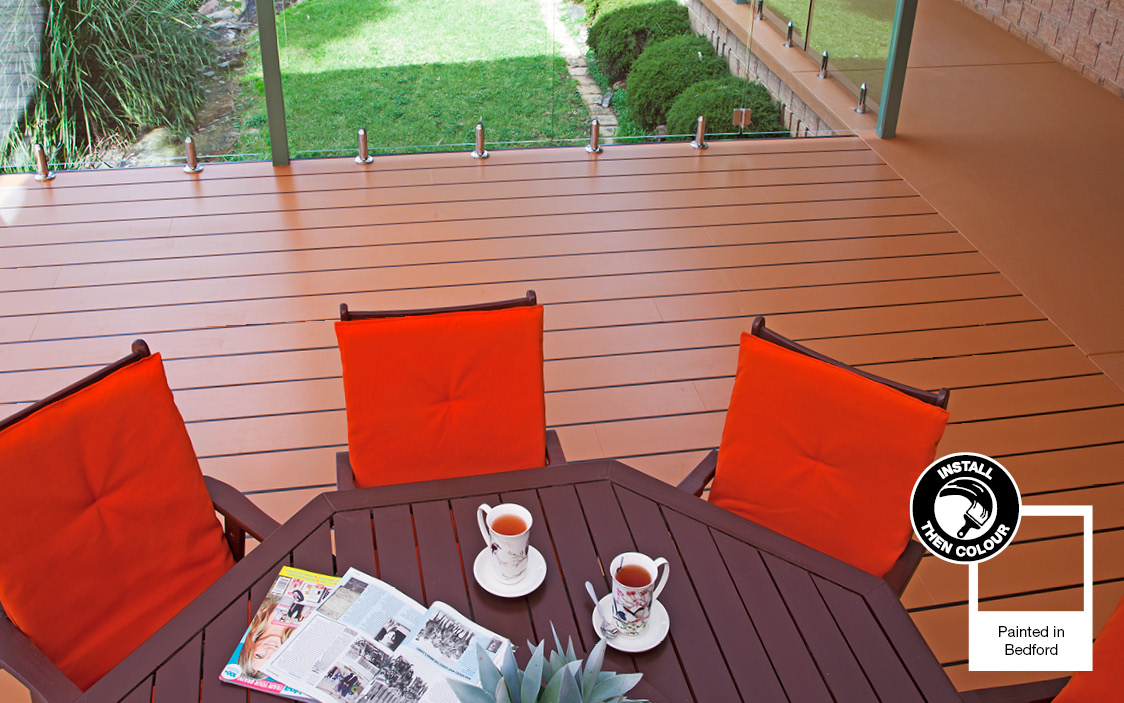Indoor plants continue their exponential rise in popularity, as more people bring home boxes and boot-loads of plants to fill their interior spaces
Plants grown indoors have multiple benefits, including improving air quality, softening the hard lines of furniture and becoming design features in their own right, as well as bringing emotional and mental health benefits to their owners.
Beginner gardeners may find the thought of caring for their first indoor plant quite daunting, or perhaps previous indoor plants have come and, heartbreakingly, gone. With a few simple tricks, however, beginners can find real success with growing plants inside and, before they know it, create their very own leafy oasis. Here’s how to get started:
Check your light levels: Most indoor plants prefer a brightly lit spot that’s protected from direct sunlight. There are some plants that will tolerate lower levels of light, but a general rule is bright, indirect sunlight. For more dimly lit positions, choose plants like mother-in-law’s tongue, Zanzibar gem, devil’s ivy and cast iron plant. Take note of the light levels that your indoor spaces receive over the course of a day and match the plant’s light needs to those spots.
Assess your available space: Indoor plants come in a dizzying range of sizes, from pint sized zebra cactus and African violets that are perfect for a small shelf to impressively tall fiddle leaf figs that can fill the corner of a room. Before a plant shopping spree, look to see what spaces you’d like to fill with greenery.
Do you have inquisitive pets and children? Some indoor plants can be poisonous if ingested (such as Dieffenbachia spp.) or they may have sap that can cause skin or eye irritation, such as the rubber plant. As a general rule, keep indoor plants out of the reach of pets and children if they’re prone to touching or eating foliage. High shelves and hanging baskets can be a great way to keep indoor plants out of harm’s way.
Proximity to winter heating and summer cooling: Heaters during the depths of winter and breezy summer air conditioning can all affect the health of indoor plants. The air can become dry, which many tropical plants don’t enjoy, resulting in yellow or damaged leaves and poor plant growth. You may need to move sensitive indoor plants into a room away from heaters or air conditioners, check potting mix moisture levels regularly and consider misting the foliage of humidity-loving plants like anthuriums, ferns, syngoniums and calatheas.
Where to buy indoor plants: Garden centres and nurseries are a great place to buy indoor plants, particularly where helpful staff are available to provide guidance on the best indoor plants to choose. At the same time, you can purchase a decorative pot and quality potting mix, so you can pot up your new leafy family member into its brand new home. Choose a pot with good drainage holes that’s slightly larger than the existing pot. For pots without drainage holes, it’s ok to sit a plain plastic pot within the decorative pot. When doing this, it’s important to make sure that water does not collect at the base of the decorative pot, as this can rot the plant’s roots.
Choose a quality potting mix: You’ve spent your hard-earned money on a beautiful indoor plant and an Insta-worthy pot. Don’t skimp on the potting mix! A good-quality potting mix provides the best growing environment for your new plant. If you’ve purchased an orchid, African violet or succulent, look out for specialty potting mixes that have been formulated to suit those plants.
Watering: Over- and under-watering are two of the biggest killers of indoor plants. They’re either watered to death or allowed to dry to a crisp. It’s simple to check the moisture levels of your potted plant by gently digging around in the top few centimetres of the potting mix with your finger. You’ll quickly feel whether it’s dry and dusty or still moist. It’s important to know the moisture level your chosen plant needs. For example, Maidenhair ferns need to be kept consistently moist whereas Mother-in-law’s tongue likes to dry out in between waterings. If you think your watering regime may be a little less than ideal, choose plants that don’t mind drying out or use self-watering pots, which contain a water reservoir in their base which plants can draw on over several days.
You need to feed: People often forget that indoor plants need feeding. The nutrients in potting mix will only feed the plant for a limited time and after that, will need a good dose of fertiliser to supply all the nutrition needed for healthy leaf growth and lots of flowers, for flowering indoor plants like peace lilies, moth orchids, African violets, anthuriums and hoyas. Choose a plant food that’s suitable for the type of indoor plant you’re growing, whether it be a lushy and leafy plant or a flowering beauty.
The best indoor plants for beginner gardeners: There several indoor plants that are particularly hardy and very forgiving, making them perfect for people just starting out on their indoor gardening journey or who may have been serial plant killers in the past. Look for spider plants, Chinese evergreen, jade plant, mother-in-law’s tongue, Zanzibar gem, devil’s ivy and peace lilies. They’re tough but still look fabulous.
To find out more about how to successfully grow indoor plants, the book Yates Top 50 Indoor Plants and how NOT to kill them is a fantastic guide that covers 50 of the most popular indoor plants and how to care for them, plus helpful information on the best plants to grow where.
For more information
